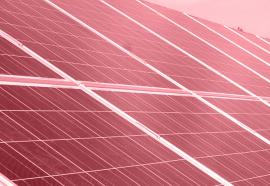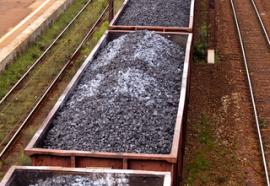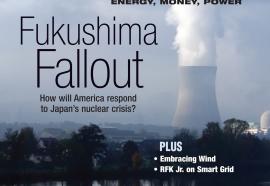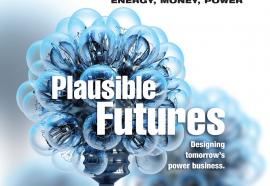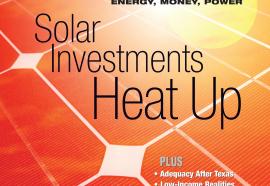Solar Pink Slip
Election politics portend painful cutbacks.
Whether it deserves it or not, the solar energy industry can’t count on continued government largess, thanks in part to the Solyndra mess. But in the end, Solyndra’s demise might be exactly what the industry needs to wean itself off heavy subsidies and become a mainstream resource.

